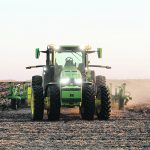John Deere’s new TruSet Active system uses an ultrasonic sensor that constantly measures frame height and tillage depth
John Deere has updated its TruSet product with a sensor that increases the accuracy of the automatic tillage depth system. The improved system, called TruSet Active, will be on all John Deere equipped TruSet tillage tools for model year 2024, including 2230 Field Cultivators, 2330 Mulch Finishers, 2660VT Vertical Tillage tools and 2630 Series Disks. […] Read moreStories by Robin Booker
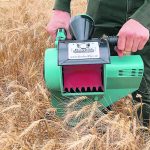
Handheld combine provides grain samples

Deere upgrades engine in mid-sized forage harvester
The company’s new engine, which doesn’t require DEF fluid, has now been made standard in its full 9000 series lineup
John Deere’s new JD18X 18-litre engine is now standard in the 9000 series forage harvester lineup and doesn’t require DEF fluid. Last year Deere had a limited release of its 9500 forage harvester that comes with that engine, and also upgraded the 9600 forage harvester with it. This year the company updated the 9700 model […] Read more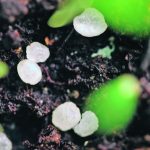
Unleashing the power of the database
Initiative collects research information from around the world to help producers make better choices about crop nutrition
An open-data, crop nutrition platform based on big data and machine learning technology is now available to crop researchers and farmers. The Consortium for Precision Crop Nutrition (CPCN) led the initiative, which uses technology developed by Agmatix Insights to create an online platform designed to drive international collaboration and expand access to research. Two active […] Read more
System reduces human touch in soil sampling
Company says it helps agronomists spend more of their time making recommendations in the field with customers
Precision Planting has come to market with a new system designed to eliminate some of the drudgery from soil sampling. Dale Koch, product lead for the platform dubbed Radicle Agronomics, said it was designed for professional crop consultants and eliminates several manual steps from the traditional soil sampling and testing process. “There are really three […] Read more
All-hands-on deck approach needed for drone research
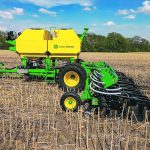
Deere brings new equipment to strip-till market
Five models of Deere-branded strip-till implements capable of fertilizer applications will be available this winter
A new lineup of John Deere-branded strip-till rigs will be available this winter. The tillage implements are produced by Environmental Tillage Systems and it sells them under the brand name SoilWarrior. The Deere-branded models are called John Deere ST, including ST12 and ST16 Integral that attach to the three-point hitch, and the ST12, ST16, and […] Read more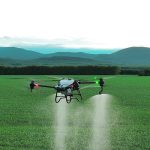
Drone spraying still grounded by rules
Many producers see drones as a lower-cost alternative but a full set of rules are needed before widespread use can occur
Spray drone technology is rapidly evolving, but regulations that allow drones to apply crop protection products are struggling to get off the ground. The Remotely Piloted Aerial Application System (RPAAS) working group was formed to help connect individuals and organizations that are generating the data required to make drone applications legal in Canada. RPAAS held […] Read more
Axed driver station eases tractor production
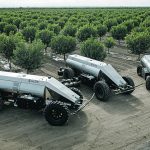
Autonomous sprayer promoted for orchard use
The machine travels fruit tree rows on its own to manage weeds; it was designed to reduce how much herbicide is used
GUSS Automation expanded its lineup of autonomous orchard sprayers with the launch of the Herbicide GUSS. Chase Schapansky, the company’s chief technology officer, said orchard spraying is an obvious use for automated equipment because it’s difficult to find people who want to do the work. “It’s an undesirable job and not the safest job (because […] Read more

